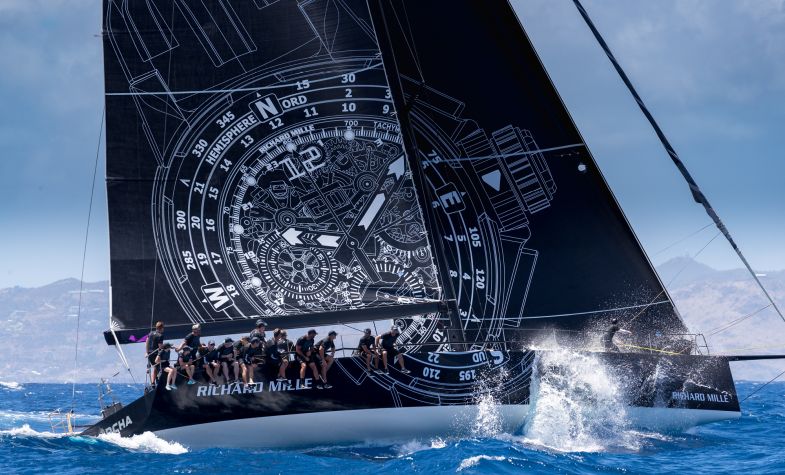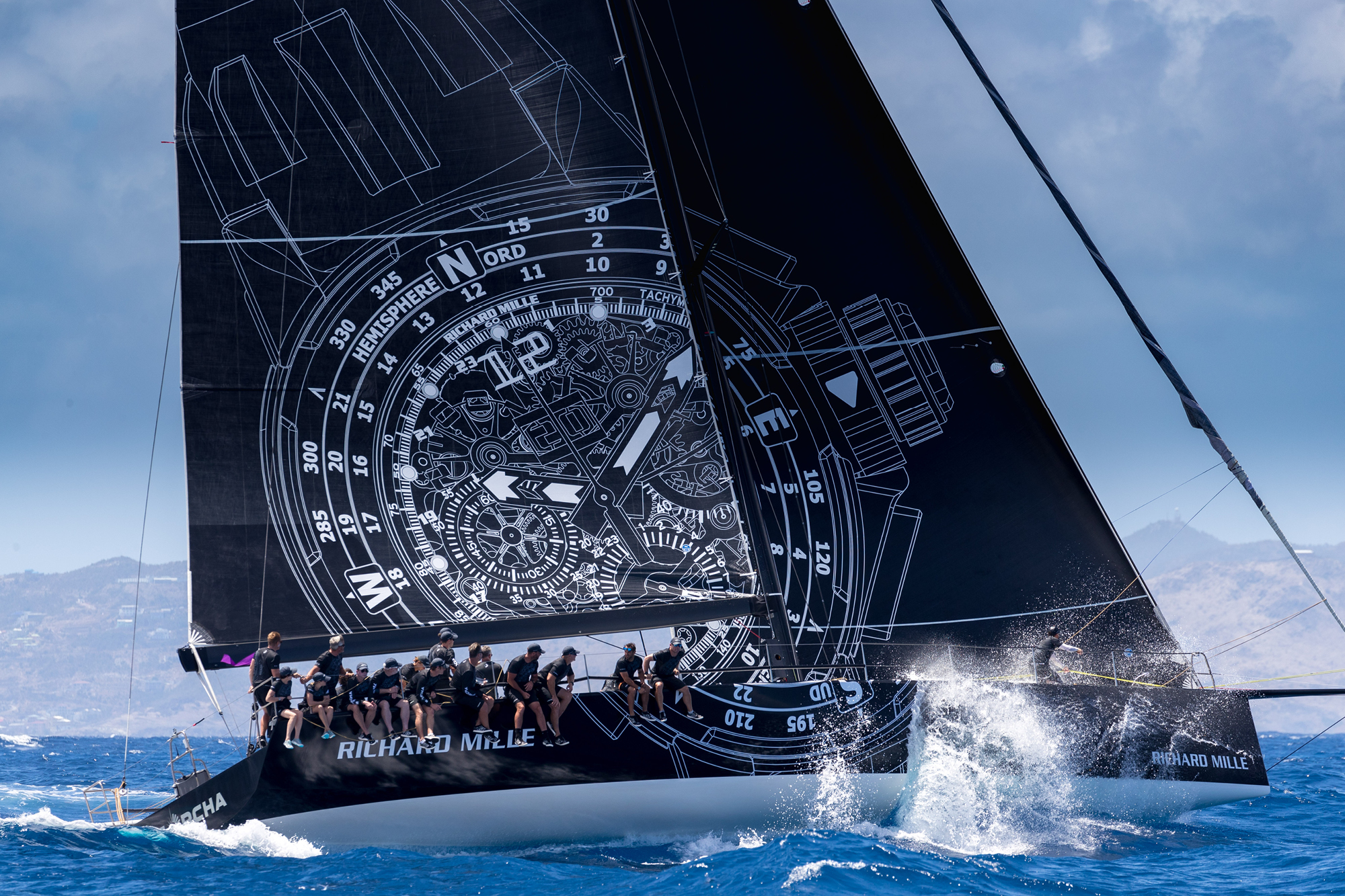Shortly after founding his eponymous, high-end watch brand in 1999, Richard Mille developed the habit of demonstrating the strength and build quality of his products by casually slinging them across rooms, usually to the bewilderment of onlookers who were often shocked by such blatant abuse of timepieces costing well into six figures.
But Mille’s confidence in the durability of his ‘racing machines for the wrist’ has always proved well founded, and the brand’s ability to create watches that might traditionally be considered fragile by dint of their levels of complication, but which are actually remarkably tough, is now well recognised in the industry.
As the years rolled by, Mille’s impromptu demonstrations of shock resistance were replaced by the more effective method of placing watches on the wrists of major stars from the world of high-action sports and insisting that they wore them while competing. Examples include Formula One ace Felipe Massa (whose Richard Mille survived a high-speed, head-on crash into a tyre barrier at the Hungaroring in 2009), golfer Bubba Watson, tennis champion Rafael Nadal and rally driver Sebastien Loeb – for whom Mille even designed a special model capable of recording G-force.

There are, however, few more hostile environments in which to place an expensive mechanical wristwatch than the deck of a trans-ocean racing yacht – which is why Richard Mille recently added 30-year-old Pierre Casiraghi – described as the brand’s first ever ‘navigator partner’– to its list of sporting ambassadors. Those familiar with the ins and outs of the principality of Monaco will know, of course, that, as well as being a highly competent sailor, Casiraghi is also the grandson of the late Princess Grace of Monaco.
He’s been sailing competitively throughout his adult life and has won many high-profile regattas, including the Palermo-Monte Carlo, the Cape to Rio Yacht Race (in which he helped set a record time), the Fastnet Race and the Middle Sea Race.
More recently, Casiraghi and his teammate, Boris Herrmann, have been competing at the top level in one of the latest generation GC32 ‘flying’ catamarans and are currently preparing to take part in the Transat Jacques Vabre race for monohulls, during which the duo will sport Richard Mille RM60-01 Regatta watches with flyback chronographs and compass bezels.
But while having Casiraghi ‘on board’ might be useful in terms of connecting the brand with the type of people who have the wherewithal to buy its often eye-wateringly expensive watches, Richard Mille’s connection with the sea goes far deeper.
The brand has, for example, been the main sponsor of the annual Les Voiles de St Barths regatta (recently renamed St Barths Sailing Richard Mille) since its inception in 2009, using the event as a golden opportunity to promote its ultra-technical sailing watches to the wealthy ‘yachties’ who descend on the island for a week of hardcore racing that, this year, saw 52 boats compete in five classes.
Mille himself is not a sailor – but his colleague Peter Harrison, CEO of the brand’s Europe, Middle-East and Africa (EMEA) operation, very much is – and events such as Les Voiles de St Barths give him the opportunity to have some serious maritime fun. A long-time passionate sailor, Harrison has succeeded in combining business with pleasure as the helmsman of the brand’s very own racing yachts, the latest competed in St Barths in April.
Initially, he and his hand-picked crew competed in Jolt2, a good-looking, quick, but not especially competitive Baltic 45. Harrison then upgraded to ‘Sorcha,’ £500,000 worth of TP52, a thoroughbred racer requiring only the lightest of winds to provide thrill-a-minute sailing.
But now team Richard Mille has gone one step further with the purchase of a Maxi 72 that, in the hands of previous owners and under the name of Ran, won the inaugural world championship for its class in 2010. Now renamed Sorcha, she competed at St Barths in April with a 22-strong crew and was instantly recognisable by her sails which display a giant-sized image of a complete Richard Mille RM60-01 The hand-drawn graphic added around £30,000 to the boat’s purchase price, which Harrison doesn’t reveal – although it’s a matter of record that a new Maxi 72 costs around £4.5m to build and £1.5m per year to race and maintain.
It provides an unbeatable test ground for the RM60-01, that features a 50mm case in scratch proof, salt proof, lightweight titanium and a crown protected by a patented safety system to prevent the chronograph from being activated accidentally during the heat of competition.
The ‘flyback’ movement – which enables the second hand to be stopped, reset and restarted with a single push of the button – works alongside a 60-minute counter comprising a pair of counter-rotating discs (the outer one counts the minutes going up, the inner one the minutes going down), making it easy to monitor the regatta pre-start period and prevent penalty accruing false getaways. The watch also offers a second time zone indication and a compass feature.
And its price? £140,000, which, by anyone’s standards, is hardly a drop in the ocean…







